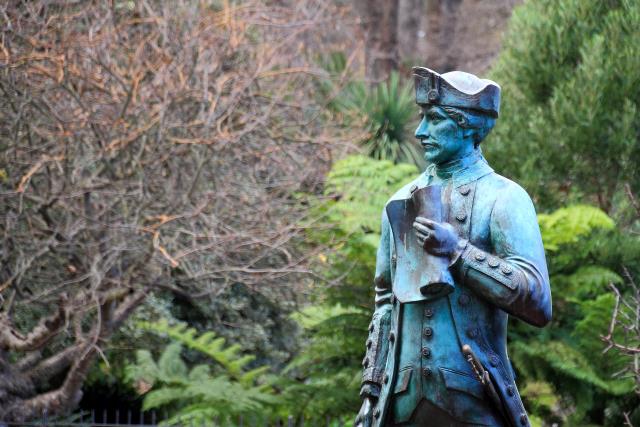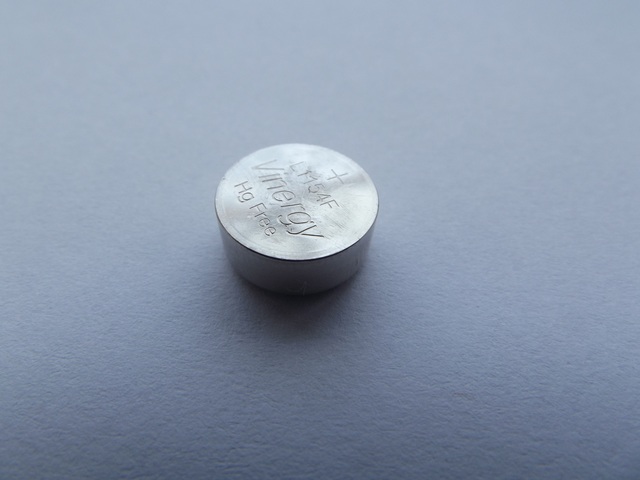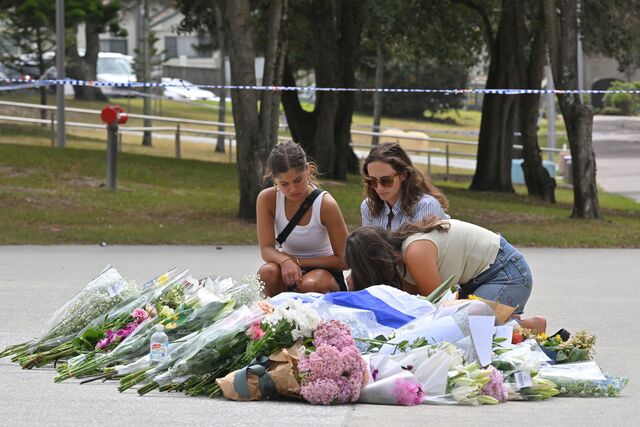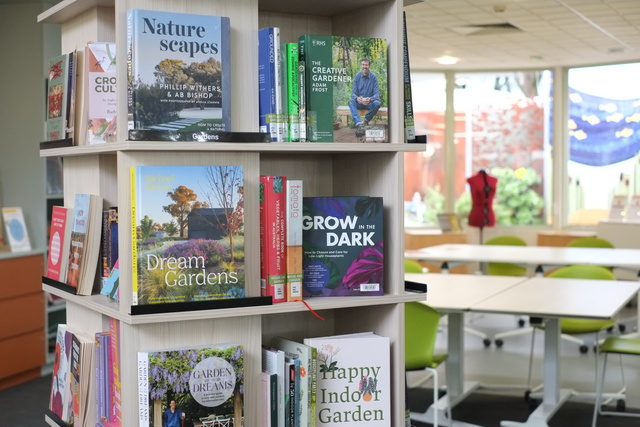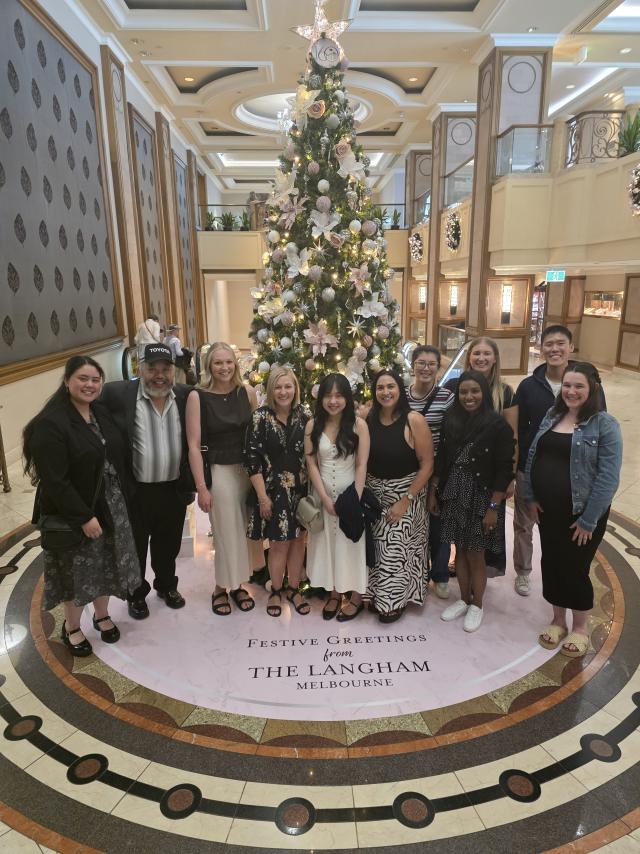Ozymandias
Percy Bysshe Shelley
I met a traveller from an antique land
Who said: “Two vast and trunkless legs of stone
Stand in the desert . . . Near them, on the sand,
Half sunk, a shattered visage lies, whose frown,
And wrinkled lip, and sneer of cold command,
Tell that its sculptor well those passions read
Which yet survive, stamped on these lifeless things,
The hand that mocked them, and the heart that fed:
And on the pedestal these words appear:
‘My name is Ozymandias, king of kings:
Look on my works, ye Mighty, and despair!’
Nothing beside remains. Round the decay
Of that colossal wreck, boundless and bare
The lone and level sands stretch far away.”
Not long after the British Museum acquired a fragment of a statue of the Egyptian Pharaoh Ramses11, known as Ozymandias in Greek, English Romantic poet Percy – Bryce Shelley wrote a sonnet about the crumbling statue found in the desert as a reminder that no amount of power can stave off inevitable fate and the passage of time.
Even the ‘king of kings’ is powerless and all that survived of him is the king’s ‘sneer of cold command’, captured so well by the sculptor.
Here is art surviving and preserving past history.
But history is not set in stone and our understanding of the past changes.
Our views on women’s suffrage, sexuality, medicine, education, child-rearing and masculinity are not the same as they were 50 years ago, and will be different again in another 50 years.
So even though a work of art survives, its significance and meaning may change.
Last week a bronze statue of Captain Cook was toppled off its plinth outside Captain Cooks Cottage, in the Fitzroy Gardens in Melbourne.
The cottage had been the home of Cook’s parents in Great Ayton, North Yorkshire and there is no record whether he ever lived there.
Yet it has stood as a tourist attraction since 1934.
And it’s the third time a memorial to Captain Cook has been damaged in Melbourne this year.
A statue at St Kilda’s Jacka Boulevard was also sawn off at the ankles the day before Australia Day.
This follows a series of recent attacks on other statues and monuments elsewhere, bearing Cook’s name, particularly around the time of Australia Day.
But removing statues and monuments is not confined to Australia.
In the wake of the Black Lives Matter it is a worldwide phenomenon, particularly when they are of individuals associated with divisive aspects of history.
Statues are symbolic and so is the act of tearing them down.
Australia is only just becoming ready to accept the truth of its history the good, the bad and the ugly. But for many brought up in the romantic narratives of the settler society and on selective history taught in schools there is often a reluctance to face the reality of our past. There is a high incidence of toxic nostalgia at large.
Guardian journalist on indigenous affairs, Paul Daley believes that unless history strives for truth it is nothing more than propaganda.
There is nothing intrinsically educational about a statue, memorial or place name What is needed is context.
But there are of course differences of opinion.
ANU history professor Bruce Scales has said that removing statues altogether “removed that opportunity for discussion“, and suggested updating them with fuller historical accounts he calls ‘dialogical memorialisation’ rather than ripping down existing statues and monuments we should be adding plaques to explain their history from a modern perspective.
What then is achieved by vandalising statues of Cook?
Was he the ogre and instrument of dispossession that some paint him?
Or was he a man of his time?
To some Indigenous Australians Cook’s statues are symbols of the establishment of colonial Australia that resulted in the dispossession and destruction of thousands of indigenous communities.
Strangely statues of Cook appear in place he never visited.
Cook has many defenders who point out his voyages were prompted only by specific scientific goals.
A skilled navigator, surveyor, cartographer and captain he led three successful expeditions.
But there is no doubt that Cook sailed with orders to take possession of new territories in the name of the King of Great Britain “with the consent of the
natives.“
And he certainly did not have the consent of indigenous people when he claimed New South Wales for the king, when he landed on what he called Possession Island at the tip of Cape York, on 22 August, 1770.
However, it seems that Cook may have been made to shoulder the blame of our past mistakes unfairly.
There are many more (some we now recognize, others yet unnamed) who played a larger role in the wrongs against indigenous Australians.
The poet W H Auden once said: A dead man who never caused others to die seldom rates a statue.
Perhaps it’s time to erect statues to both men and women beyond the powerful, that we all might see ourselves in the figures that are represented.
Or do we need statues and monuments at all?
Could they be seen as outdated furnishings of civic space? A convenience for pigeons and a backdrop for tourist selfies.
Those in favour of statues argue that public art in cities offers a sense of meaning and identification for its residents whether in the form of murals, installations, sculptures and statue.
Ideally then, public art should inspire people to engage and encourage discussion.
Productive public discussions are however at a premium in our culture and would unlikely reach consensus.
But maybe it’s worth a try.
The last words should go to Spike Milligan’s short poem calling for a monument for that humble staple food, porridge.
Porridge
Why is there no monument
To Porridge in our land?
It it’s good enough to eat,
It’s good enough to stand!
On a plinth in London
A statue we should see
Of Porridge made in Scotland
Signed, “Oatmeal, O. B. E.”
(By a young dog of three)

